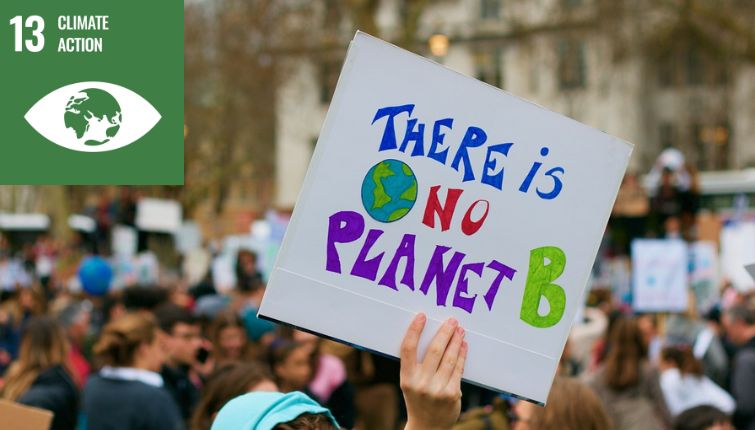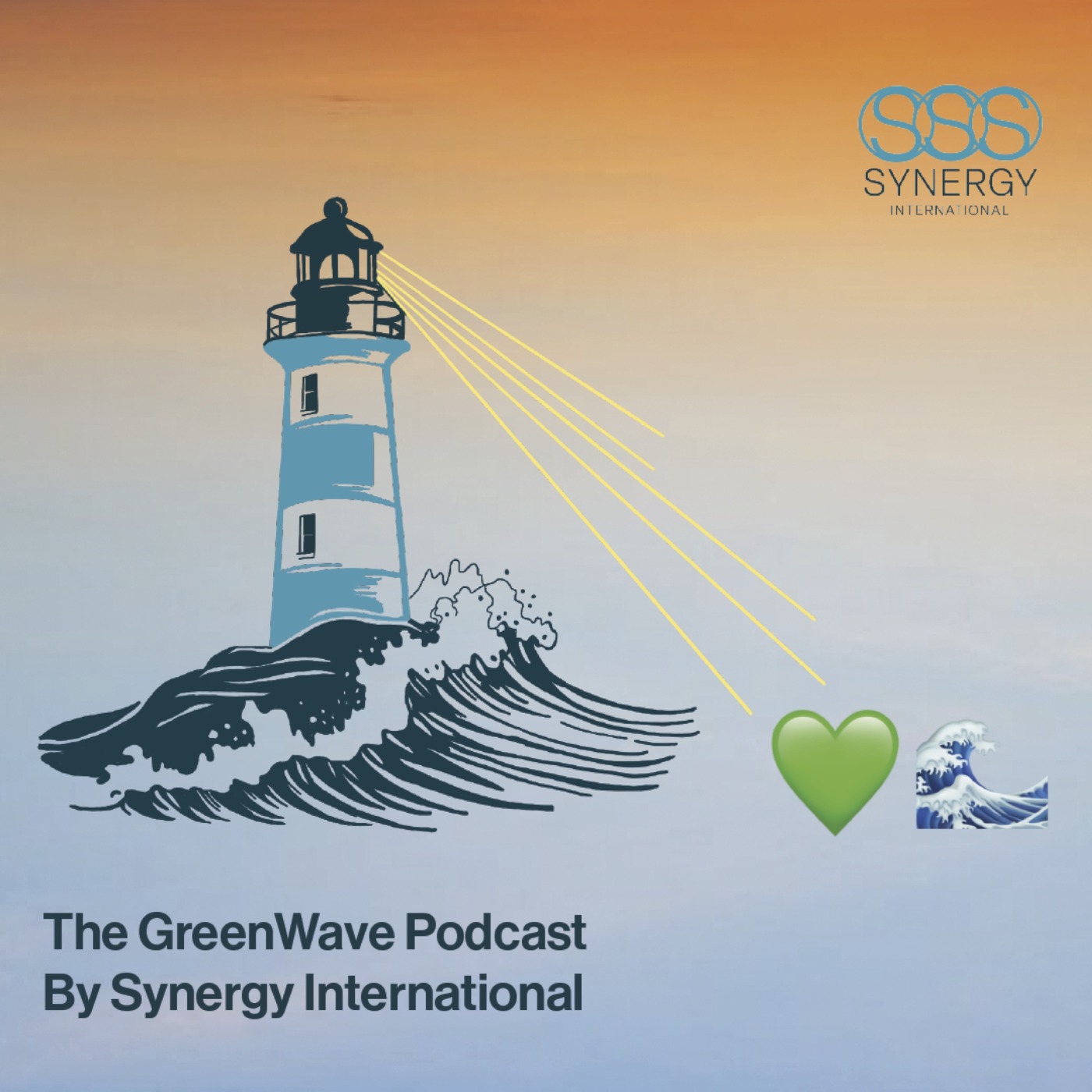
SDG 13 Climate Action
SDG 13, Climate Action, is like trying to fix the world's thermostat after someone left it on high for way too long! Imagine the planet is your house, and the heat is cranked up, but instead of a sweaty afternoon, you get melting ice caps, wild weather mood swings, and sea levels trying to make new beachfront property where your favorite city used to be. Luckily, SDG 13 is all about getting everyone to finally agree: maybe we should stop messing with the planet's settings! From reducing emissions to planting trees, it’s the global effort to save Earth from going full sauna mode. Let's just hope we all remember to turn off the lights on our way out!
SDG Goal 13 - International Treaties and Regimes
United Nations Sustainable Development Goal 13 (SDG 13) focuses on urgent action to combat climate change and its impacts. This goal is supported by a series of international treaties and regimes, many of which are foundational to global climate action. Here is a description of 13 key international treaties and regimes that support SDG 13:
1. United Nations Framework Convention on Climate Change (UNFCCC) – 19922. Kyoto Protocol – 1997
The UNFCCC was adopted at the Rio Earth Summit in 1992 and is one of the foundational treaties addressing climate change. The objective of the UNFCCC is to stabilize greenhouse gas concentrations at a level that would prevent dangerous anthropogenic interference with the climate system. It establishes the framework for international climate negotiations, such as the Conference of the Parties (COP) meetings. The best website to learn about the UNFCCC is the official website. It offers comprehensive details about the convention, its history, objectives, and global efforts to stabilise greenhouse gas concentrations. This site also explains how the UNFCCC supports international negotiations on climate change and provides updates on its key instruments, like the Kyoto Protocol and the Paris Agreement:
2. Kyoto Protocol – 1997
The Kyoto Protocol was the first binding international agreement under the UNFCCC that committed industrialised countries to reduce greenhouse gas emissions. It introduced the concept of emissions trading, the Clean Development Mechanism (CDM), and joint implementation. While the United States never ratified the protocol, it set the stage for subsequent climate agreements. The best website to learn about KP is the official page on the United Nations Framework Convention on Climate Change (UNFCCC) website. This page provides comprehensive information on the history, key provisions, and full text of the protocol, along with resources to understand its impact and mechanisms.You can access detailed information about the Kyoto Protocol, including its objectives, legally binding targets, and the mechanisms for monitoring and reducing greenhouse gas:
3. Paris Agreement – 2015
The Paris Agreement is a landmark global accord within the UNFCCC framework that focuses on limiting global temperature rise to well below 2°C above pre-industrial levels, while pursuing efforts to limit it to 1.5°C. The agreement allows countries to set their own climate goals, known as Nationally Determined Contributions (NDCs), and emphasizes global stocktaking to assess progress.For in-depth information on the Paris Agreement, visit: For in-depth information on the Paris Agreement, visit:
- Paris Agreement Overview UNFCCC
Additionally, the MIT Climate Portal provides an excellent educational resource explaining the Paris Agreement in the context of climate science, policy, and international cooperation. This resource breaks down key elements such as nationally determined contributions (NDCs) and the importance of global cooperation to meet climate goals.
4. Montreal Protocol on Substances that Deplete the Ozone Layer – 1987
Although focused on the ozone layer, the Montreal Protocol is also crucial to climate action due to its impact on reducing the use of hydrofluorocarbons (HFCs), potent greenhouse gases. Its Kigali Amendment, adopted in 2016, specifically targets HFCs, which contribute to global warming. The best website to learn about the Montreal Protocol is the official page hosted by the United Nations Environment Programme (UNEP), specifically the Ozone Secretariat. This page offers a comprehensive overview of the protocol, its purpose, key provisions, and the global phase-out of ozone-depleting substances (ODS). It also includes detailed sections on amendments such as the Kigali Amendment addressing hydrofluorocarbons (HFCs), and the ongoing impact of the protocol on both ozone protection and climate change:
5. Doha Amendment to the Kyoto Protocol – 2012
The Doha Amendment was an extension of the Kyoto Protocol that set a second commitment period from 2013 to 2020. It required participating countries to continue reducing emissions, but it faced challenges in ratification, and its impact was diminished by the subsequent adoption of the Paris Agreement. The best website to learn about the Doha Amendment to the Kyoto Protocol (2012) is the official page on the United Nations Framework Convention on Climate Change (UNFCCC) website. This page provides comprehensive information on the amendment, which introduced the second commitment period from 2013 to 2020. It also includes key details about new commitments for greenhouse gas reductions, as well as how the amendment entered into force on December 31, 2020, after ratification by enough parties:
For additional information on the ratification process and the amendment's significance, you can also check out this resource:
6. Intergovernmental Panel on Climate Change (IPCC) – 1988
While not a treaty, the IPCC is essential for SDG 13 as it provides scientific assessments on climate change, its impacts, and potential adaptation and mitigation strategies. Its reports, particularly the special report on global warming of 1.5°C, have been instrumental in guiding international policy. The official IPCC page is the best starting point for understanding its history, structure, and key reports, including the latest assessment cycles and their impact on global climate policy. It provides access to assessment reports, methodology, and special reports, essential for grasping how the IPCC informs global climate negotiations.
7. Sendai Framework for Disaster Risk Reduction – 2015
The Sendai Framework emphasises disaster risk reduction and resilience, directly supporting efforts to combat climate-related disasters such as extreme weather events. It complements SDG 13 by promoting adaptation measures to build climate resilience. The best website to learn about the Sendai Framework for Disaster Risk Reduction (2015–2030) is the official page on the United Nations Office for Disaster Risk Reduction (UNDRR) website. This page offers a comprehensive overview of the framework, which focuses on reducing disaster risk through four priority areas: understanding disaster risk, strengthening risk governance, investing in disaster risk reduction, and enhancing disaster preparedness:
8. The Green Climate Fund (GCF) – 2010
The GCF was established to assist developing countries in climate mitigation and adaptation. It plays a critical role in the financial architecture supporting SDG 13 by providing funding to support low-emission and climate-resilient development. The best website to learn about the GCF is the official GCF website. It provides comprehensive information on the fund's purpose, structure, and how it supports developing countries in their efforts to combat climate change. The site covers details on funding mechanisms, project portfolios, governance, and how to access GCF resources:
9. Nagoya Protocol – 2010
An agreement under the Convention on Biological Diversity, the Nagoya Protocol focuses on access to genetic resources and the fair sharing of benefits. Its relevance to climate change lies in the conservation of biodiversity, which is essential for ecosystem resilience against climate change. The best website to learn about the Nagoya Protocol (2010) is the official page hosted by the Convention on Biological Diversity (CBD). This site provides detailed information on the protocol, which focuses on the fair and equitable sharing of benefits arising from the utilisation of genetic resources. It covers key aspects such as access to genetic resources, benefit-sharing obligations, compliance, and how the protocol applies to traditional knowledge associated with genetic resources:
10. International Renewable Energy Agency (IRENA) Statute – 2009
IRENA promotes the widespread adoption of renewable energy as a key component of mitigating climate change. Its efforts to facilitate global energy transitions align with the goals of SDG 13 by supporting clean energy transitions worldwide. The official IRENA website provides comprehensive details about IRENA's mission, governance structure, and the full text of the statute, which aims to promote the widespread adoption of renewable energy globally. You can explore key documents, including authentic language versions of the statute, and other official resources related to IRENA's establishment and activities:
11. Vienna Convention for the Protection of the Ozone Layer – 1985
This convention serves as the overarching framework for the Montreal Protocol and addresses ozone depletion. Protecting the ozone layer contributes indirectly to climate change mitigation by reducing harmful substances that also act as greenhouse gases. The Ozone Secretariat's official website offers a comprehensive overview of the convention, which laid the groundwork for international efforts to protect the ozone layer. The Vienna Convention facilitated scientific cooperation and information exchange, eventually leading to the adoption of the Montreal Protocol to regulate ozone-depleting substances. The website provides full access to the convention text, information on the objectives, and historical context:
12. The Warsaw International Mechanism for Loss and Damage (WIM) – 2013
The WIM was established to address the loss and damage associated with climate change impacts, particularly in developing countries. It recognizes the need for international support for countries that are most vulnerable to the adverse effects of climate change. The official UNFCCC website provides a comprehensive overview of WIM, its establishment at COP 19 in 2013, and its primary functions, such as enhancing knowledge on risk management, fostering dialogue among stakeholders, and supporting vulnerable developing countries in addressing the impacts of climate change. It also offers resources on strategic workstreams, including slow onset events, non-economic losses, and comprehensive risk management approaches:
13. New York Declaration on Forests – 2014
This non-binding international declaration aims to cut natural forest loss in half by 2020 and end it by 2030. Forests are crucial carbon sinks, and their conservation is vital for climate mitigation. The declaration supports SDG 13 by promoting deforestation reduction and sustainable forest management. The Forest Declaration Platform provides a detailed overview of the declaration, its objectives, and its role in global forest conservation efforts. The New York Declaration on Forests calls for ending natural forest loss by 2030 and restoring 350 million hectares of degraded landscapes. It also aligns with other international goals, such as the Sustainable Development Goals and the Paris Agreement, to reduce emissions from deforestation:
These treaties and regimes form the foundation of global efforts to combat climate change, directly supporting SDG 13 by driving international cooperation, setting emission reduction targets, and promoting adaptation and resilience strategies. Together, they represent a broad spectrum of actions from environmental protection and biodiversity conservation to financial and technological support for developing countries in the fight against climate change.

